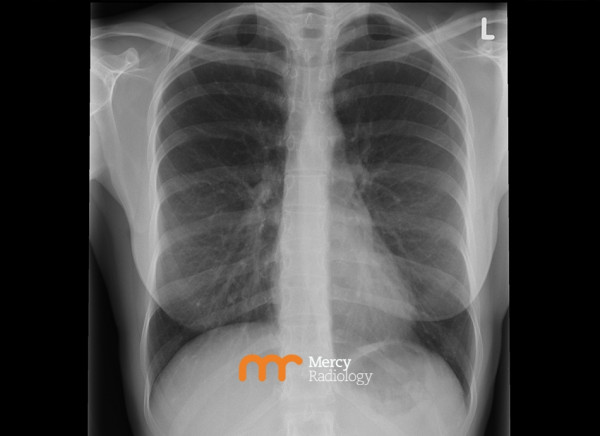X-rays are a form of electromagnetic radiation, similar to visible light. However, X-rays have higher energy than light and can pass through most objects, including the body.
By placing an X-ray detector or plate on the other side of a person, an image will be formed that represents the “shadows” created by the objects inside the body.
Structures containing:
- air (such as the lungs) will be black,
- muscle, fat, and fluid will appear as shades of grey and
- dense structures such as bones will block most of the X-ray particles, and will appear white.
Video: What is an X-ray?







